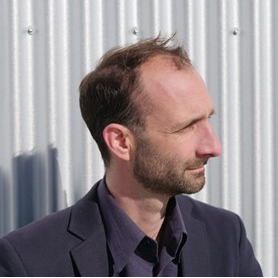Time in Built Spaces
A special issue of Architecture (ISSN 2673-8945).
Deadline for manuscript submissions: 31 May 2024 | Viewed by 4370
Special Issue Editors
Interests: time in built space; Japanese architecture; naturally animated indoor environments; the migration of forms across cultures
Interests: psychology of religion; spirituality; mysticism
Interests: social interaction; sensors and phenomena in design; superilles; urban design; fine-grained urbanism
Special Issue Information
Dear Colleagues,
The fact that the word “time” is used more than seven times as often as “space” in everyday English provides an indication of their relative significance in our lives. In the design of built environments, however, this relationship is typically reversed, with considerations of space generally dominating.
Recollections of the past, interactions with the present, and anticipations of the future are central to supporting a range of key human needs, including identity, presence, and hope. This Special Issue of Architecture will examine the various ways in which the past, present, and future have been and can be integrated into the built spaces where we now spend the majority of our lives.
Contributors must consider how built environments relate to conservation, mindfulness, or sustainability, our personal relationship to time as a finite and diminishing resource, how we conceive of and measure time in terms of space, or major illnesses that affect our relationship to the past, present, and future, such as memory loss, attention deficit, and depression.
Prof. Dr. Kevin Nute
Dr. Zhuo Job Chen
Prof. Philip Speranza
Prof. Martina Decker
Guest Editors
Manuscript Submission Information
Manuscripts should be submitted online at www.mdpi.com by registering and logging in to this website. Once you are registered, click here to go to the submission form. Manuscripts can be submitted until the deadline. All submissions that pass pre-check are peer-reviewed. Accepted papers will be published continuously in the journal (as soon as accepted) and will be listed together on the special issue website. Research articles, review articles as well as short communications are invited. For planned papers, a title and short abstract (about 100 words) can be sent to the Editorial Office for announcement on this website.
Submitted manuscripts should not have been published previously, nor be under consideration for publication elsewhere (except conference proceedings papers). All manuscripts are thoroughly refereed through a single-blind peer-review process. A guide for authors and other relevant information for submission of manuscripts is available on the Instructions for Authors page. Architecture is an international peer-reviewed open access quarterly journal published by MDPI.
Please visit the Instructions for Authors page before submitting a manuscript. The Article Processing Charge (APC) for publication in this open access journal is 1000 CHF (Swiss Francs). Submitted papers should be well formatted and use good English. Authors may use MDPI's English editing service prior to publication or during author revisions.
Keywords
- time
- space
- past
- present
- future
- recollection
- interaction
- anticipation






